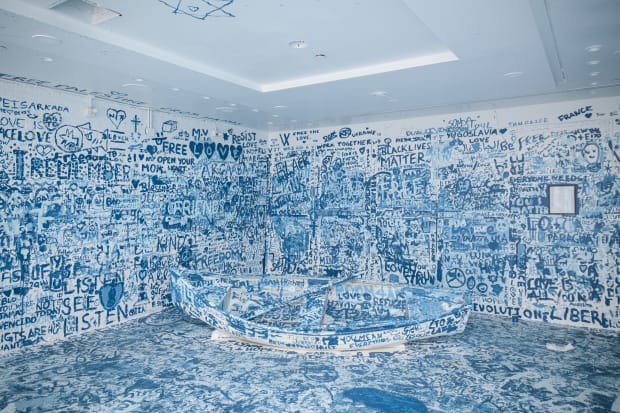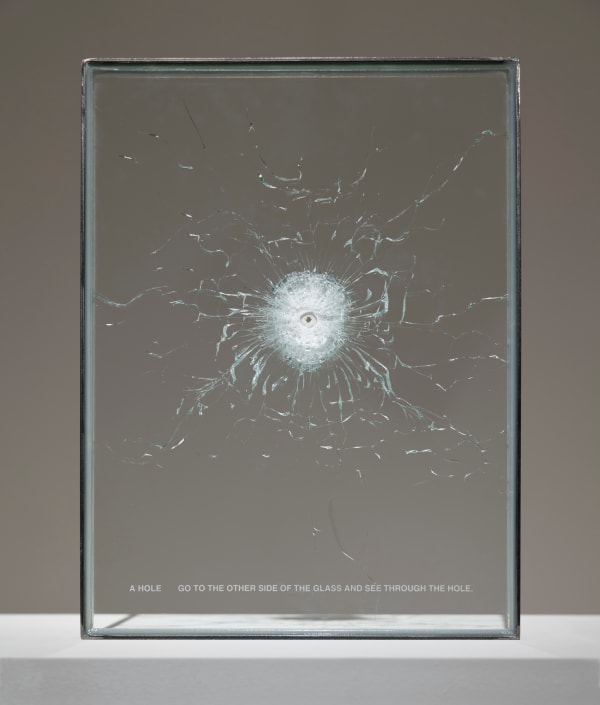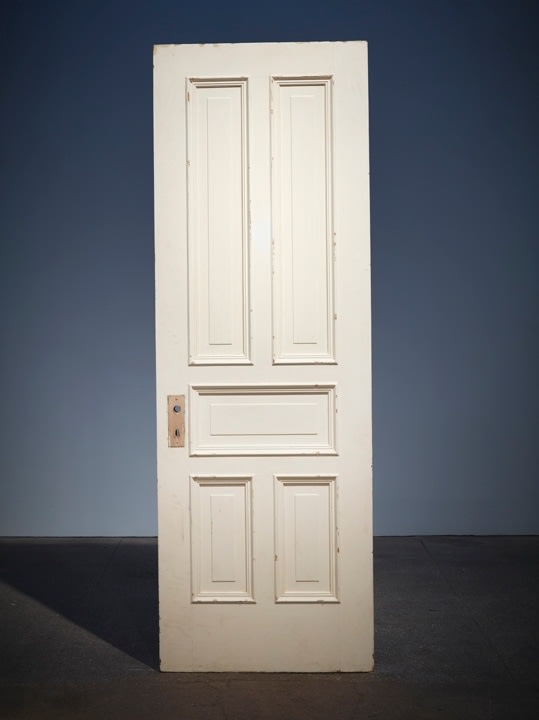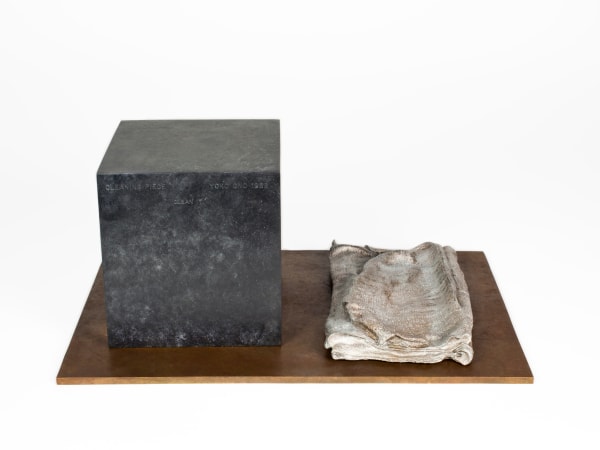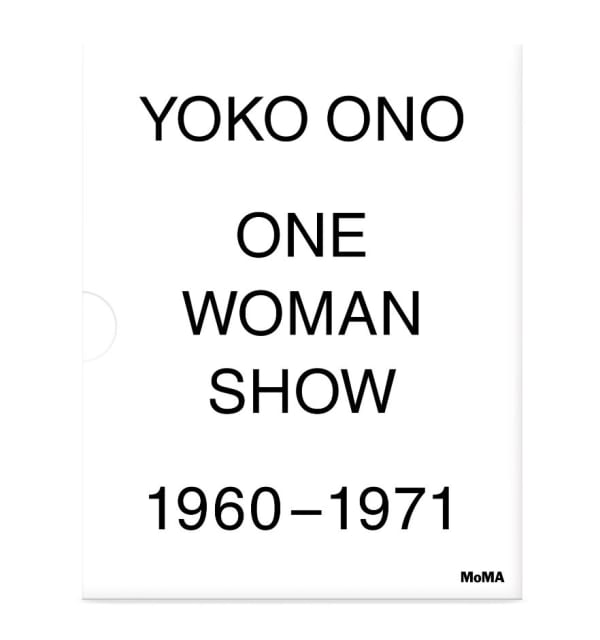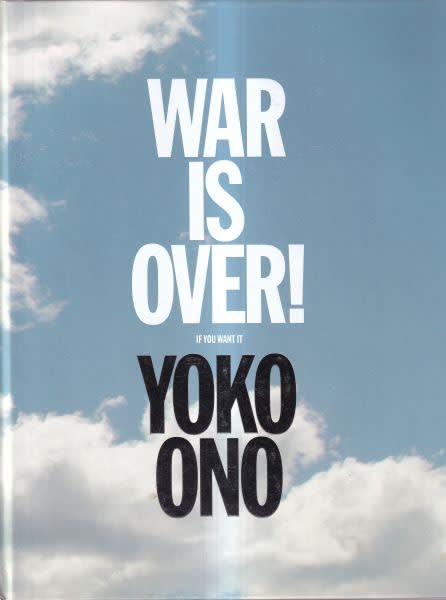-

Installation view of Add Color (Refugee Boat), 1960 / 2019 at Lower Manhattan Cultural Council. Photo: Ian Douglas.
-
"A dream you dream alone may be a dream, but a dream two people dream together is a reality."
—Yoko Ono
-
 To See the Sky, 2015. Collection Faurschou Foundation.
To See the Sky, 2015. Collection Faurschou Foundation. -

Painting to Be Stepped On, 1966 / 1988
-
Works
-
Select Exhibitions
-

Yoko Ono: Music of the Mind
Tate Modern 15 February - 1 September 2024 Museum & Public Exhibitions -

Yoko Ono: THE RIVERBED
11 December 2015 - 30 January 2016 Galerie Lelong Exhibitions -

Yoko Ono: One Woman Show, 1960–1971
MoMA 17 May - 7 September 2015 Museum & Public Exhibitions -

Yoko Ono: UNCURSED
28 October - 10 December 2011 Galerie Lelong Exhibitions -

Yoko Ono: touch me
18 April - 7 June 2008 Galerie Lelong Exhibitions
-
-
Press
-
Publications
-

Yoko Ono: Music of the Mind
Juliet Bingham, Jon Hendricks and Connor Monahan -

One Woman Show, 1960-1971
Klaus Biesenbach, Christophe Cherix, Jon Hendricks, Julia Bryan-Wilson, Yoko OnoPublished by Museum of Modern Art, New York ISBN: 9780870709661 -

THE RIVERBED
Yoko OnoPublished by Andrea Rosen Gallery and Galerie Lelong -

Yoko Ono: Half-A-Wind Show - A Retrospective
Ingrid Pfeiffer, Max Hollein, Jon HendricksPublished by Prestel Verlag and Schirn Kunsthalle ISBN: 9783791352831 -

Yoko Ono: TO THE LIGHT
Kathryn Rattee, Melissa Larner and Rebecca LewinPublished by Koenig Books and Serpentine Gallery ISBN: 9783863352219 -

YOKO ONO: WAR IS OVER! (IF YOU WANT IT)
Rachel KentPublished by Museum of Contemporary Art Australia ISBN: 9781921034695 -

The 8th Hiroshima Art Prize - THE ROAD OF HOPE: YOKO ONO 2011
Motoko Suhama and Yukie KamiyaPublished by Hiroshima City Museum of Contemporary Art ISBN: 9784939105296 -

Yoko Ono: touch me
Yoko OnoPublished by Edizioni Charta ISBN: 9788881586967
-
-
Contact Form
Send me more information on Yoko Ono
